|
During the 2020 Covid crisis, I submitted this competition for a city scyscraper concept: as per manifesto below, this building responds to the environment on all its aspects (insulation, winds, ground location) like a living cell does. The building hosts different programs, including residential, office, and commercial, but it also provides agricultural and industrial components. It follows the "Manifesto" for this competition:
Architecture cannot longer wait for an unlikely political will to respond to the planetary emergencies of overpopulation, pollution, and global warming. Buildings cannot longer ignore their orientation to the sun path, or their local weathering patterns, and they cannot longer be passive consumers of energy and water, and be waste factories. Acknowledging the failure of globalization (which creates more pollution, social inequality, and unsustainable supply chains) architects and building designers must now help implement localization, while creating self sustainable structures. This does not describe a building-island concept (able to subsist within wastly different contexts while ignoring them); rather the idea is of a living cell, able to interact with its context along much of its envelope (membrane) rather than just the point of contact with the topography. Drone techology will allow the CityScraper to interact with its immediate urban context at unprecedented levels. However, buildings of the 21st. Century also must:
This new small building is meant to host a private full immersion Italian K-12 school, in the Mission district of San Francisco. After a community meeting exposed serious concerns about the original design of the facade, I set out to re-imagine the relationship of the school with the street.
In order to open the first level to the life on the sidewalk, I used full height structural glass fins which completely de-materialize the first level of the building as perceived from the sidewalk, while I also reduced the structural impositions using thin, diagonal braces, and diagonal steel columns that also contribute to the later support system of the facade, thus avoiding bulky moment frames. Above, in order to to reduce the heat gains of this southern facade I designed a metal brise solail screen that serves multiple purposes: it holds the urban edge of the block, it provides a strong relationship with the historical Hall next door, while it increases its permeability from top to bottom, toward the public street. I used a simple Grasshopper script to design and generate the metal screen and locate it in the Revit model. Also, I have obtained an amazing resin 3D print from the great folks at Carbon 3D (see last two pictures.) The portions of the building facing the public roadways represent the web, with its chaos and vulnerabilities: the braced, irregular, glazed facade is built at the minimum allowed setback on the South and East edges of the site, and it contains the office spaces with the executive penthouse on the top floor. Glare is reduced using darkened glass, while on the south there are also louvers. The green roof helps cooling the building during the hot periods of the year.
On the west side, a massive, double walled mechanical concrete "Spine" functions has a figurative protection for the courtyard and the rest of the site, occupied by other existing buildings of the same company. The "Spine" holds most of the mechanical and service elements of the building, and on the West side its dark color and uniform large surface absorbs the sun radiations and prevents the office spaces from overheating. Additional heat exchange can be achieved by running water systems within the large concrete mass. Two separate blocks are cladded in solar panels and provide opportunity for separate elements of the program: on the South, the Executive Briefing Center, while on the North the underground Service yard, and the Amenity area. The Solar Orchard lays in the inner court, and provides additional renewable power production, while its pool provides freshness and moisture to the communal amenity space.
This is my proposal for the replacement of the Morandi Bridge, that collapsed on August 2018, in Genoa, Italy.
Ponte sul Polcevera Seq1 from Giovanni Succi on Vimeo. Ponte sul Polcevera Seq2 from Giovanni Succi on Vimeo. After I was involved in the late master plan design and visualization for a proposed new Oilers arena, while at Stantec, I decided to pursue my original concept of the "swirling" open plaza (from the north) and green park (from the south) that generate the geometry of the arena itself, at their intersection. The arena has two concrete, organic wings: one perforated to become a large truss, to the north and east; and one more solid, to the south and west. The perforated, glazed wing allows both for a visual connection with the large plaza to the north, and northern light to flood the circulation galleria within it.
The Chong Partners Sacramento office proposed this project for the Performing Arts Center and School, together with residential and commercial components. The redevelopment site is the old Sacramento Railroad yard with its brick and steel historic industrial buildings. After the initial master planning, Chong Partners developed a schematic design for the Performing Arts Center, which included a 1600 seats theater. I participated in the schematic design of the whole site, but then focused on the theater and plaza, further developing the facade, the lobby/foyer, and their relationship with the adjacent public space.
Toirano is a medieval borgo laying in the hillside of the northern-Italian Liguria region, 3 kilometers from the sea. I was asked by the major to design a feature that would improve the presence of the borgo from the provincial street, which connects it to the rest of the region. Located on the provincial street itself, only a couple of blocks from the entry to the borgo, this open, public plaza wants to slow potential tourists and redirect them toward the borgo. A short circular wall, at the end of a pedestrian amphitheater, offers a prime location for a stainless steel sign reading the name of the borgo. At the same time, the plaza respects and preserves the trees planted here at the end of WWII as commemoration of the citizens fallen in the conflict. Having visited the borgo several times, I paid special attention to the materials currently in use in the existing historical buildings as well as the new ones. The original design called for split face local stones, cobble stones, wood, and a shallow pool of water.
This existing one story cottage was expanded by 700SF by adding a second floor. Besides all the documentation required to obtain the city permits, and the exterior renderings of the proposed project, I have also produced some studies for the kitchen.
|
projects by tags:
All
projects by date:
October 2022
|
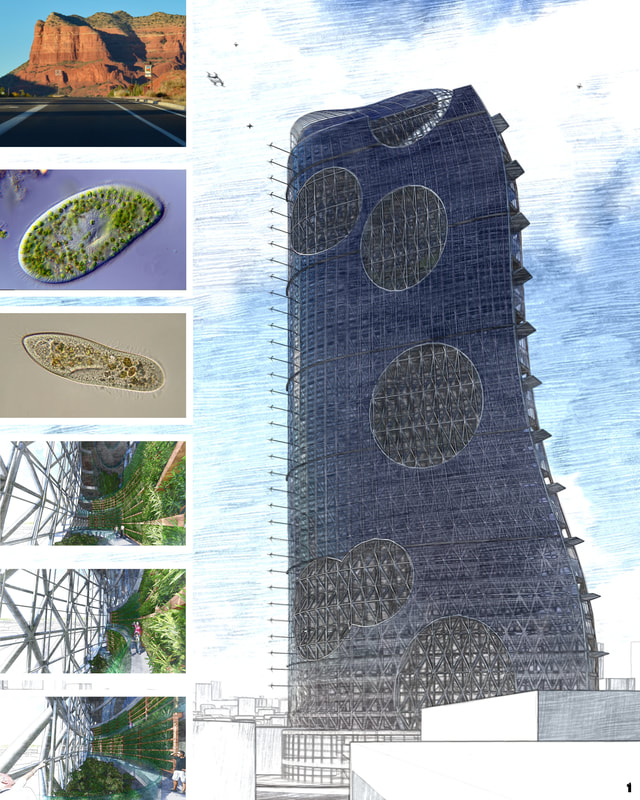
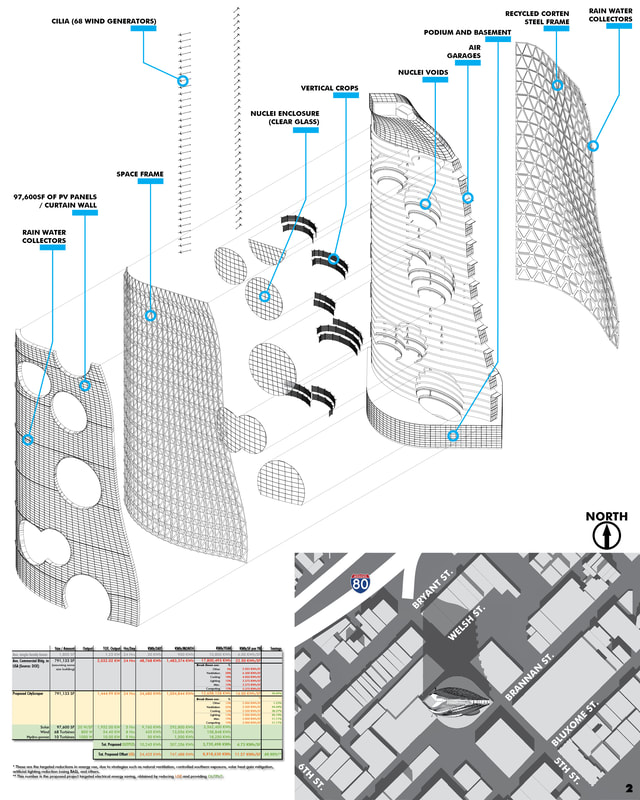
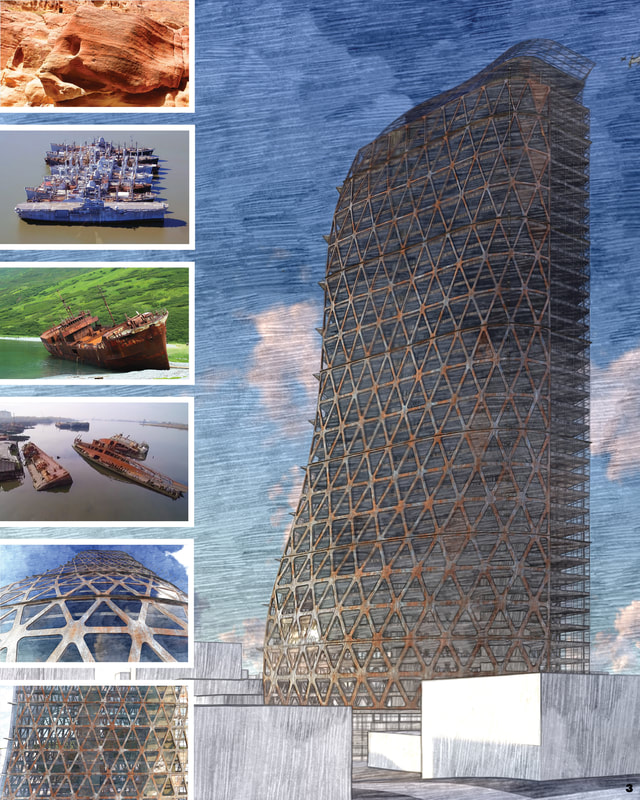
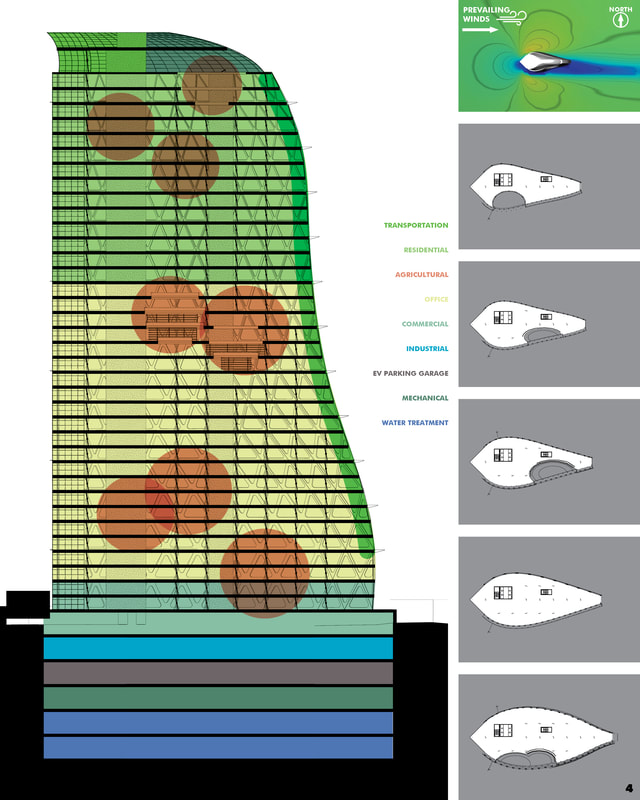
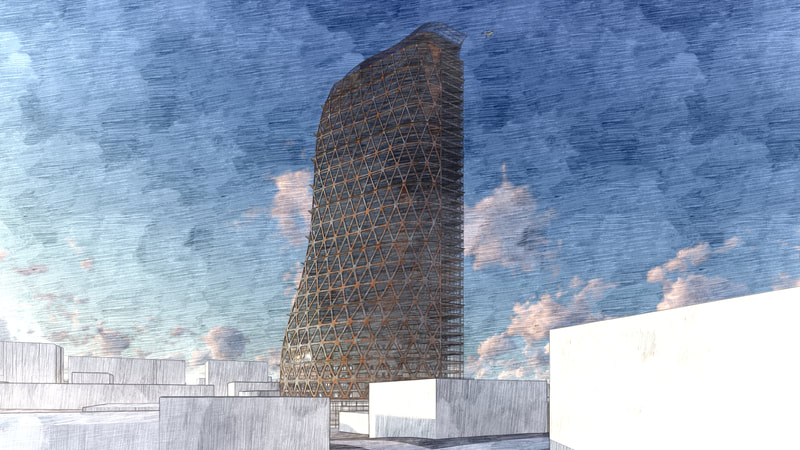
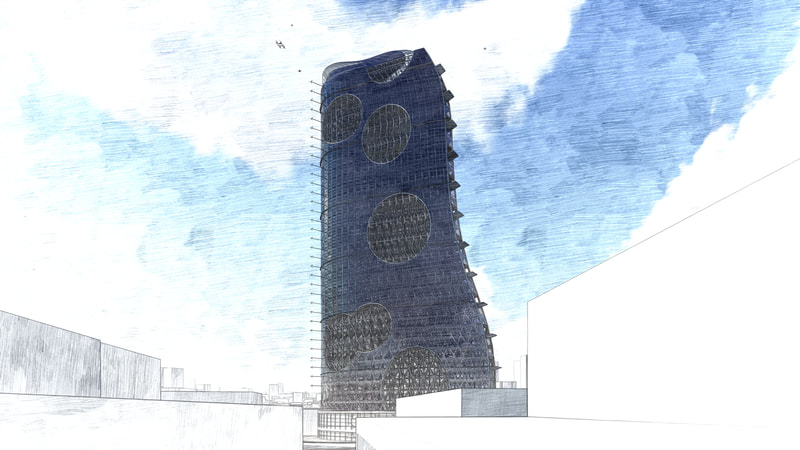
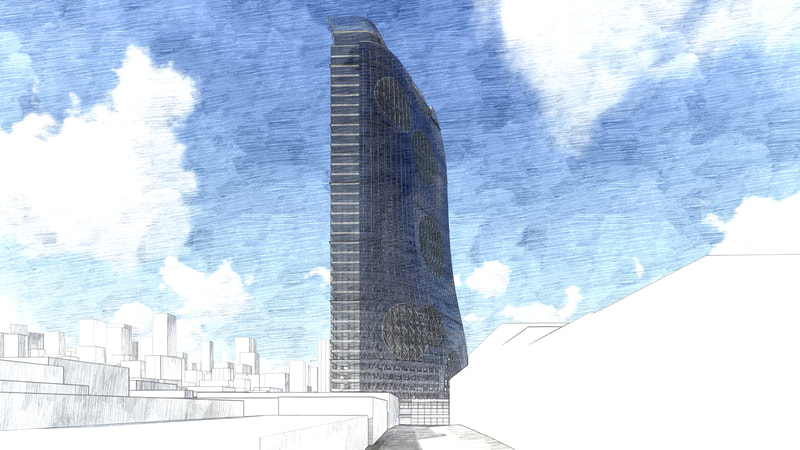
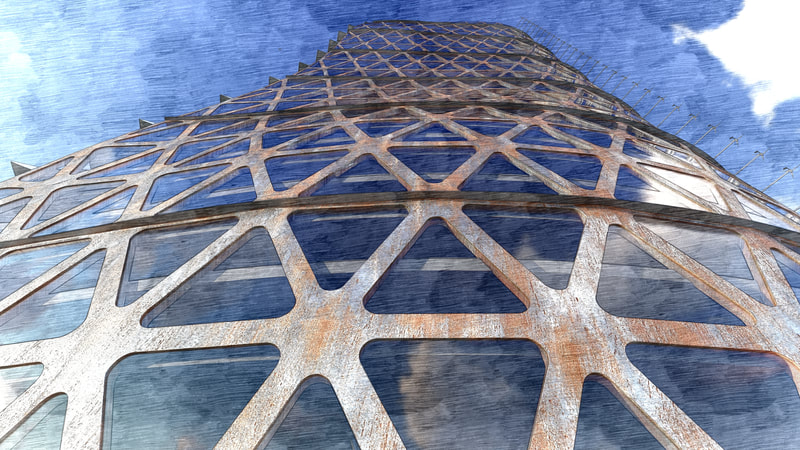
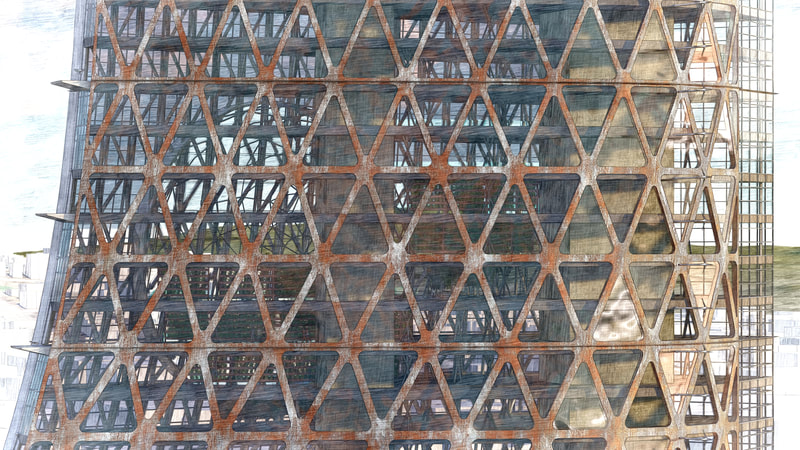
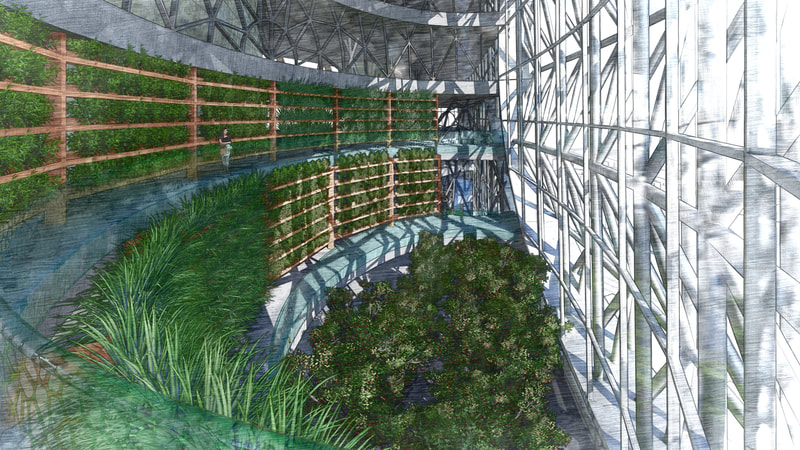
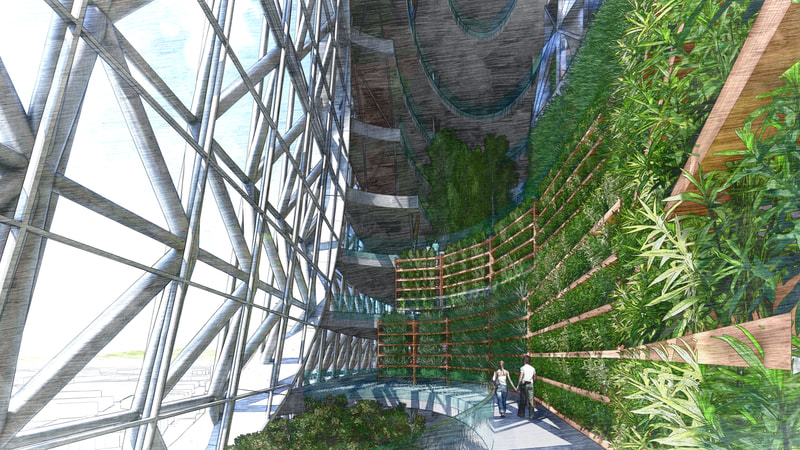
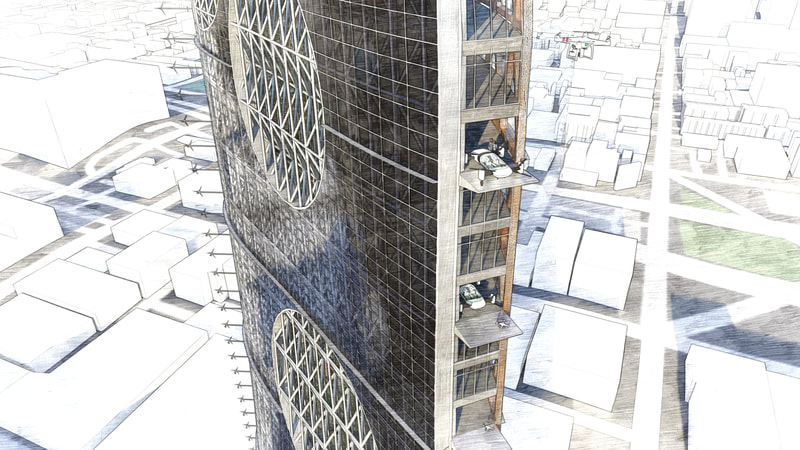
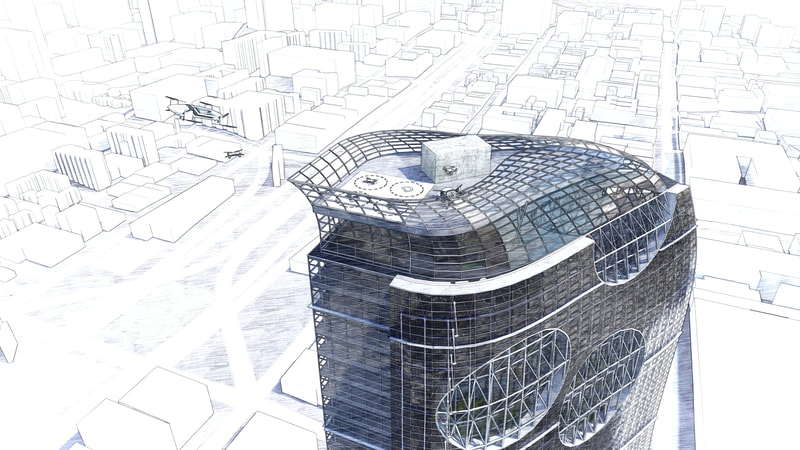
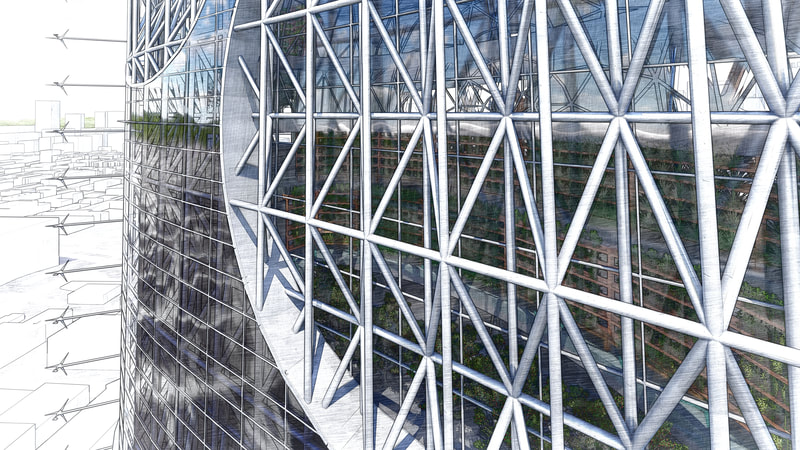
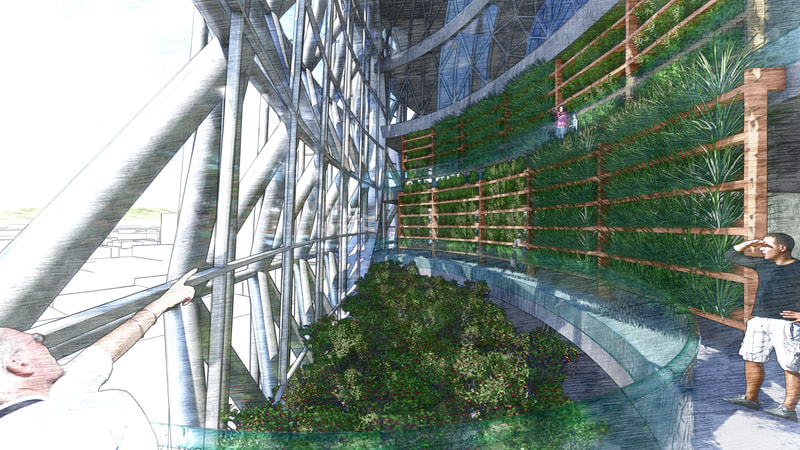
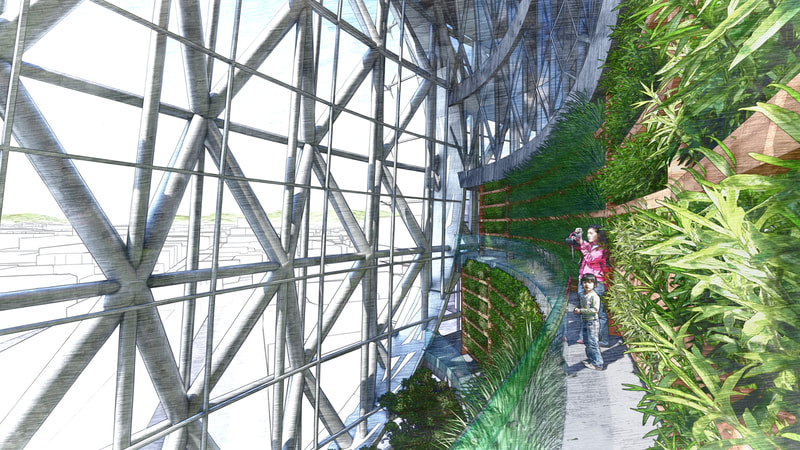

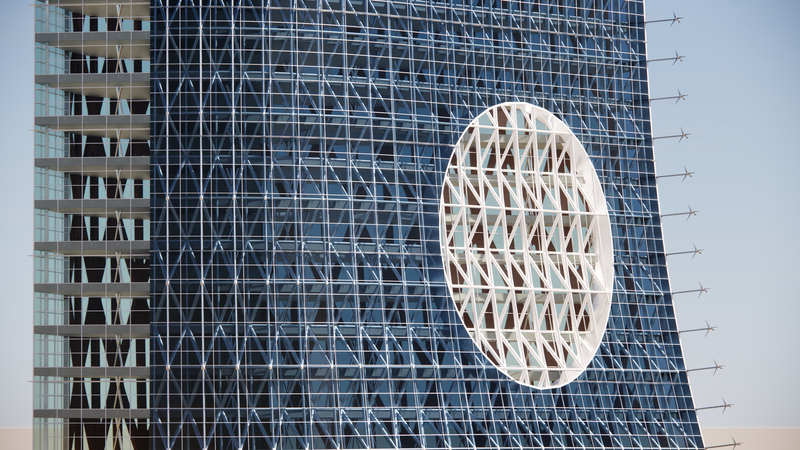
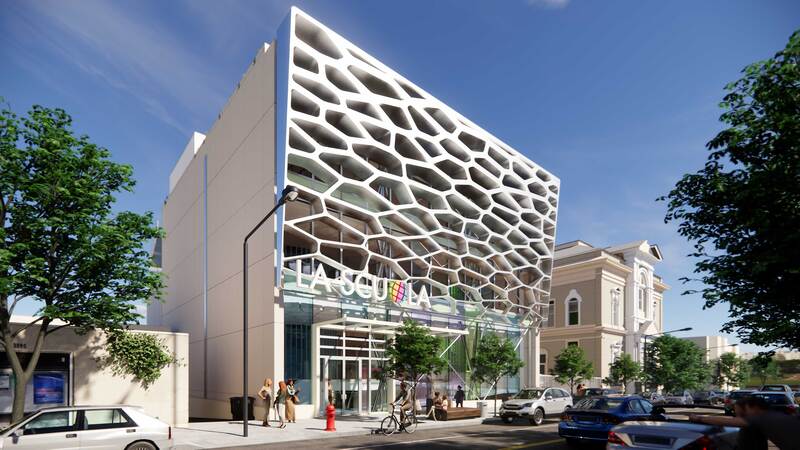
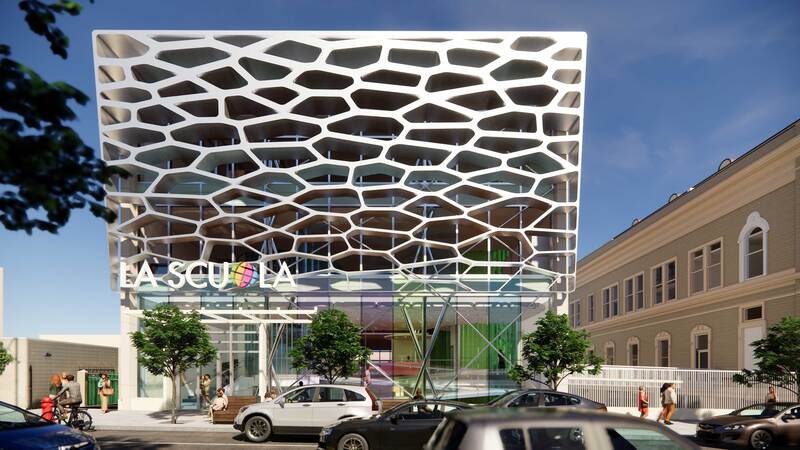
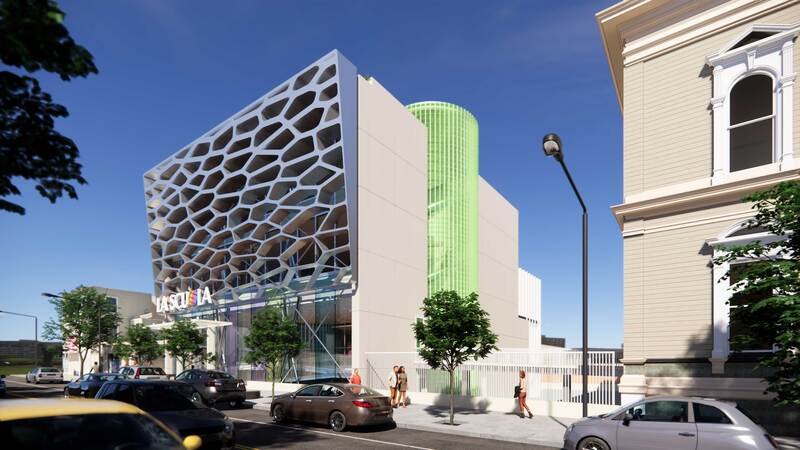
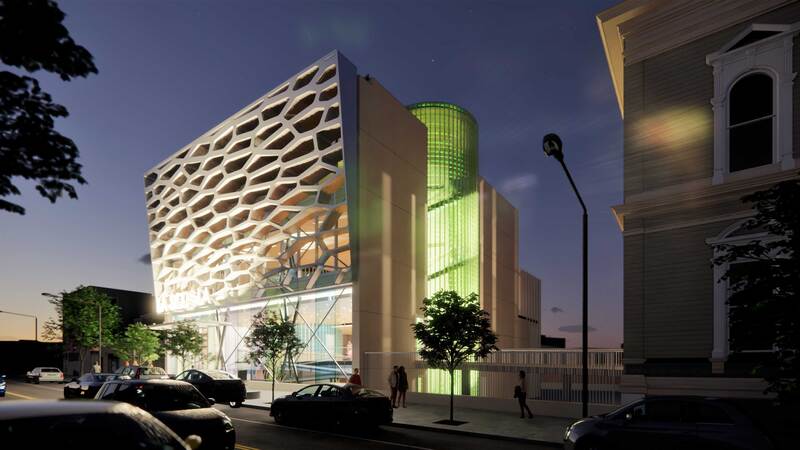
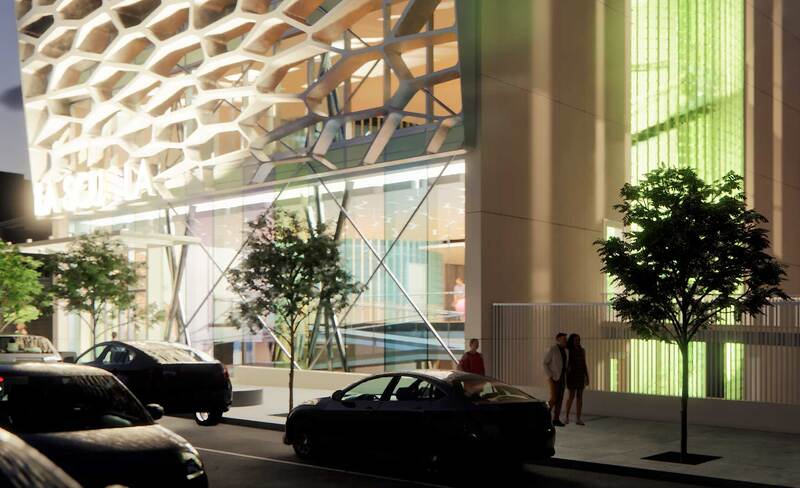
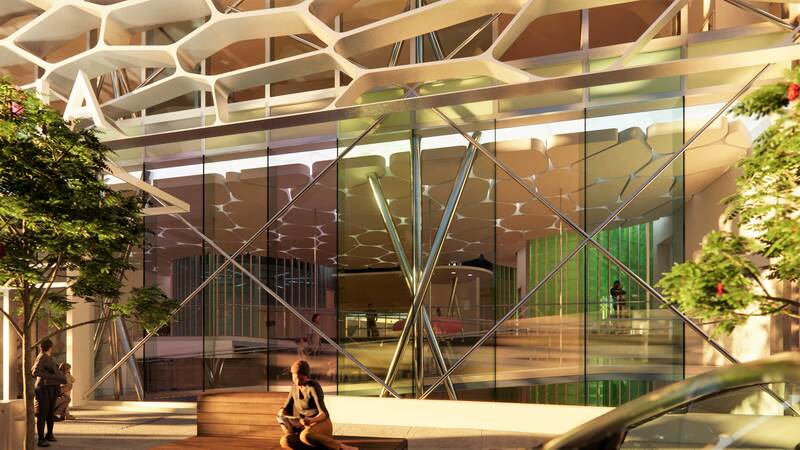
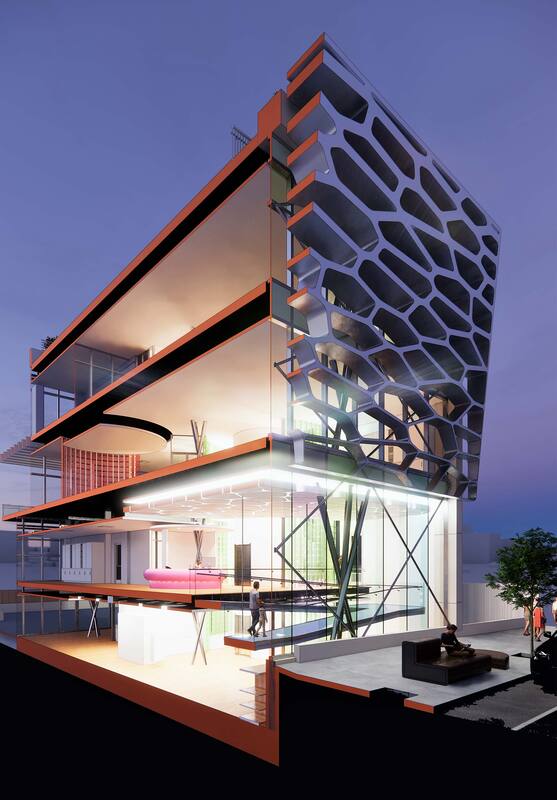
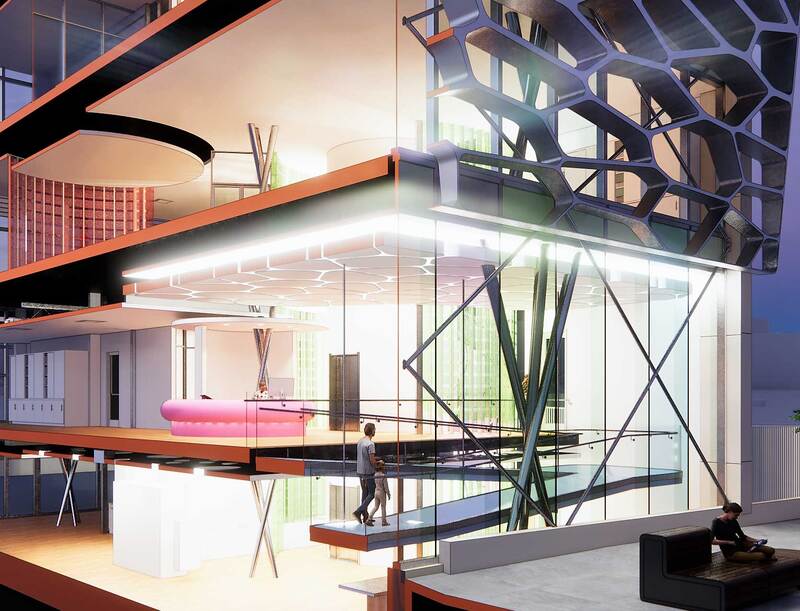
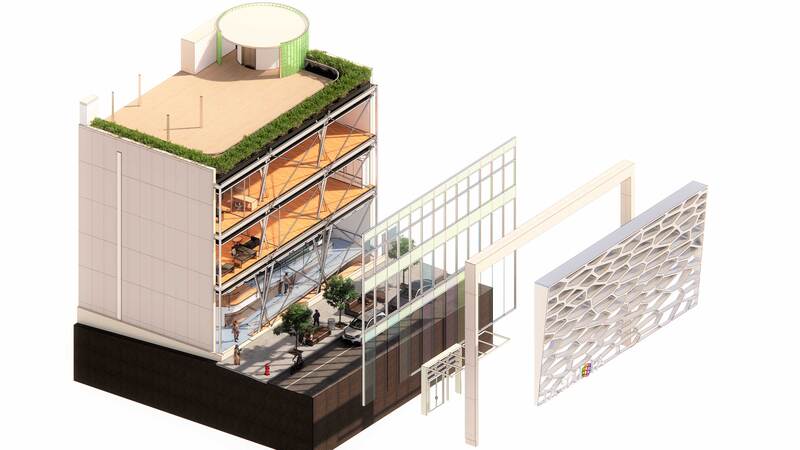
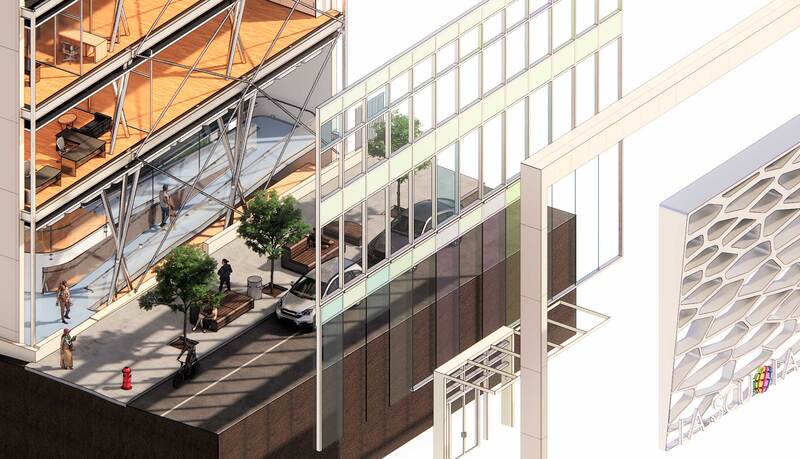
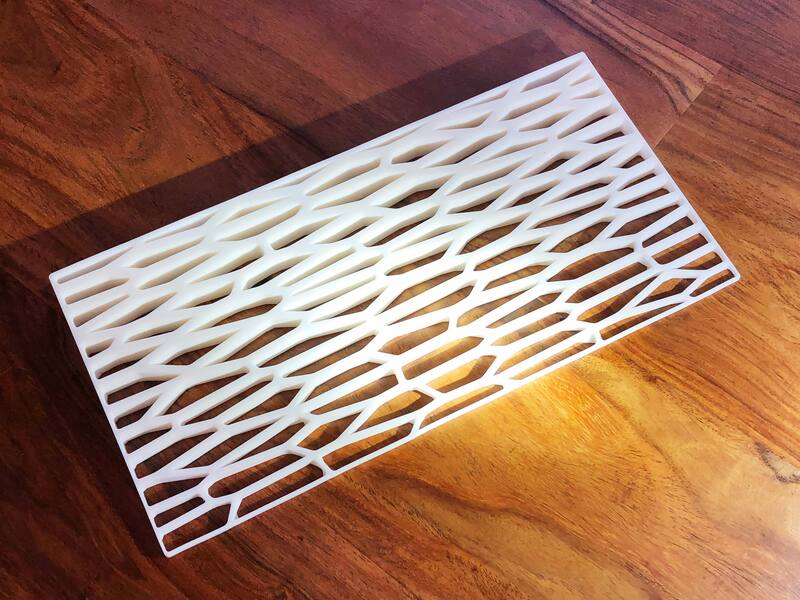

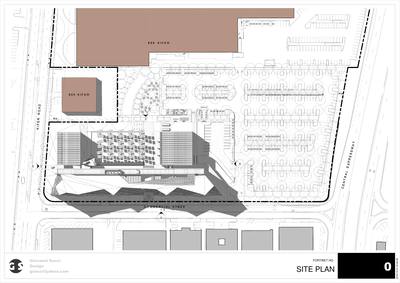
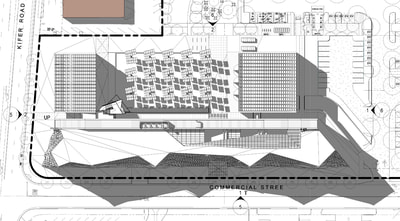
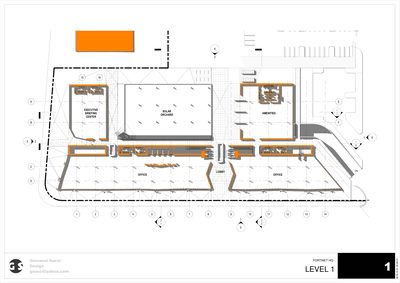
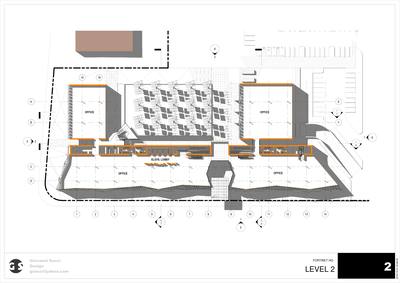
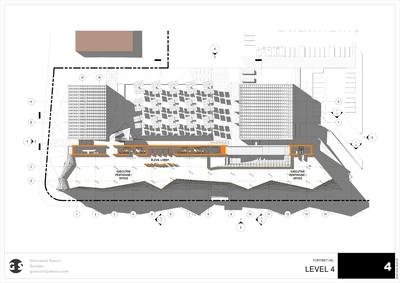
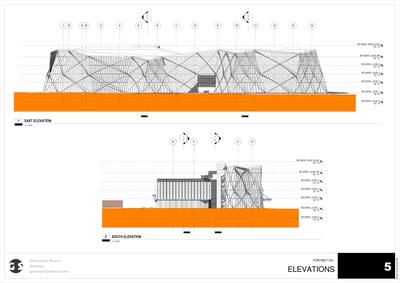
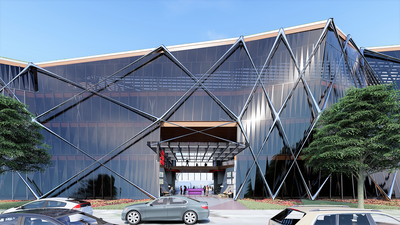
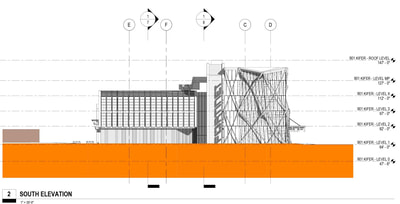
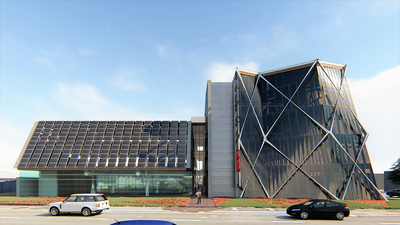
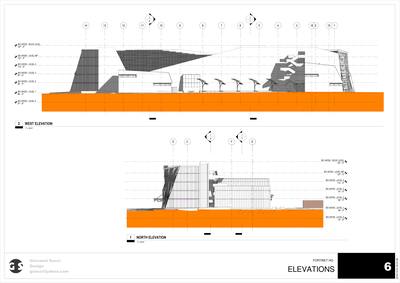
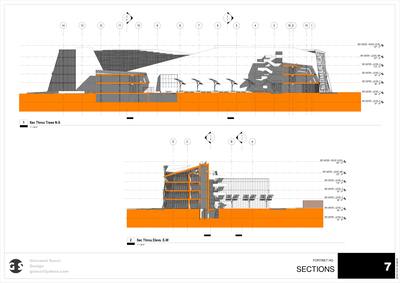
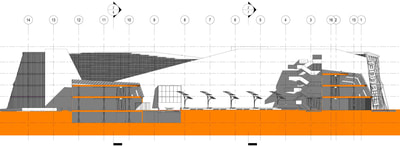
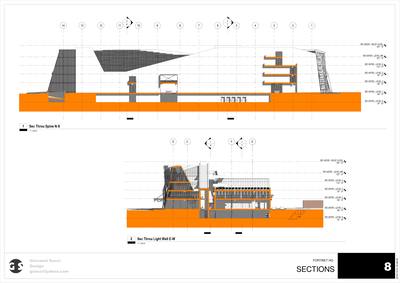
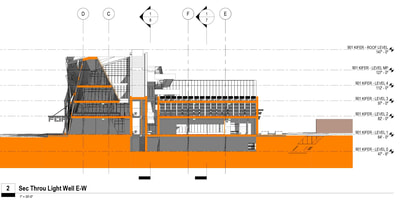
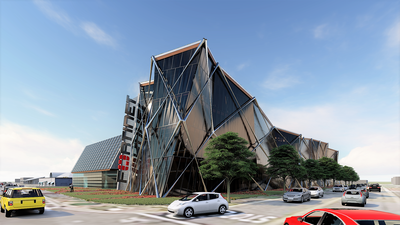
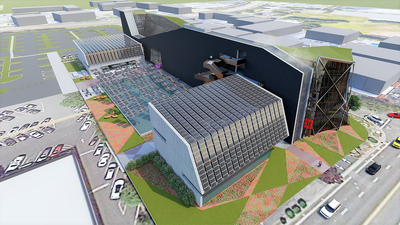
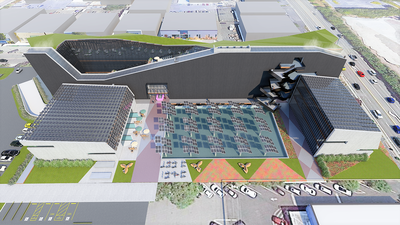
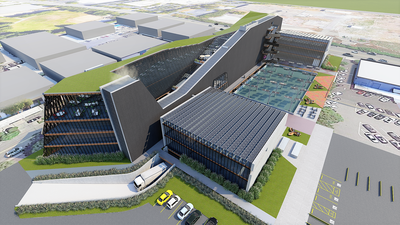
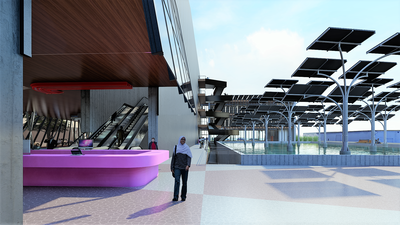
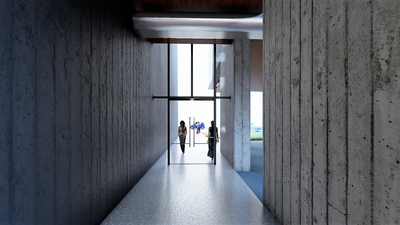
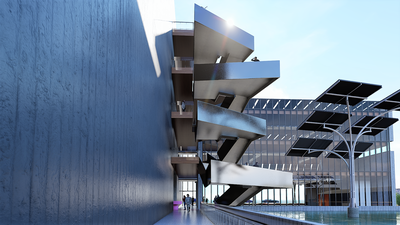
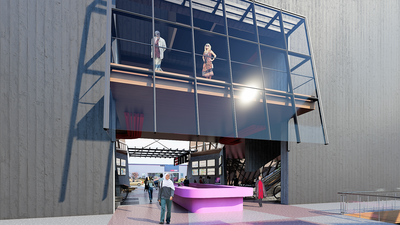
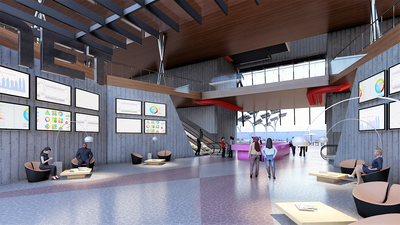
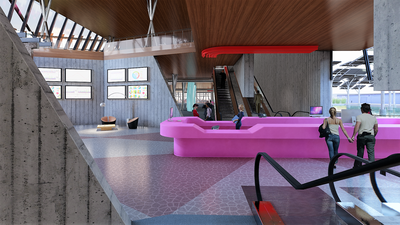
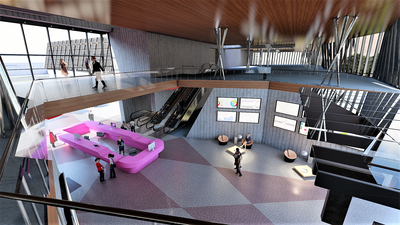
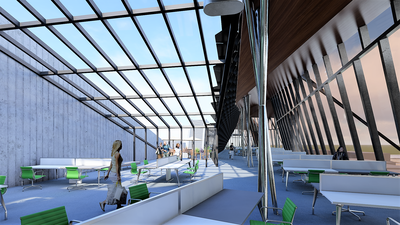
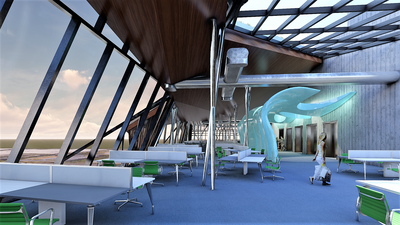
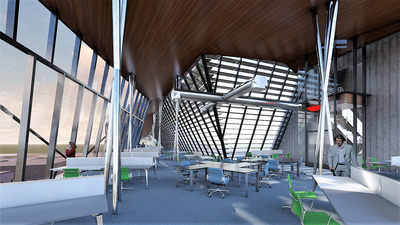
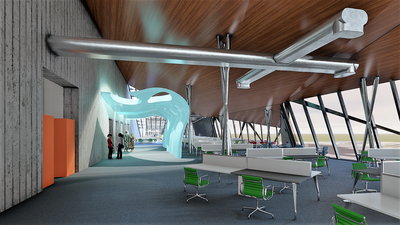
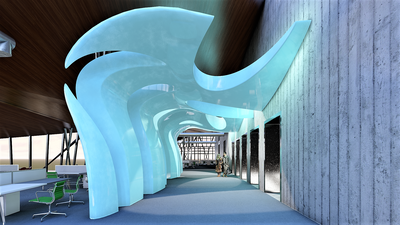
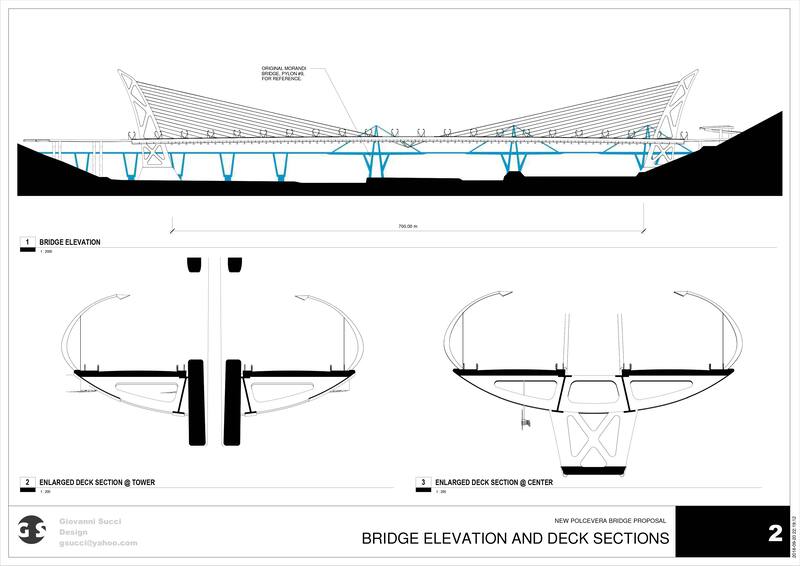
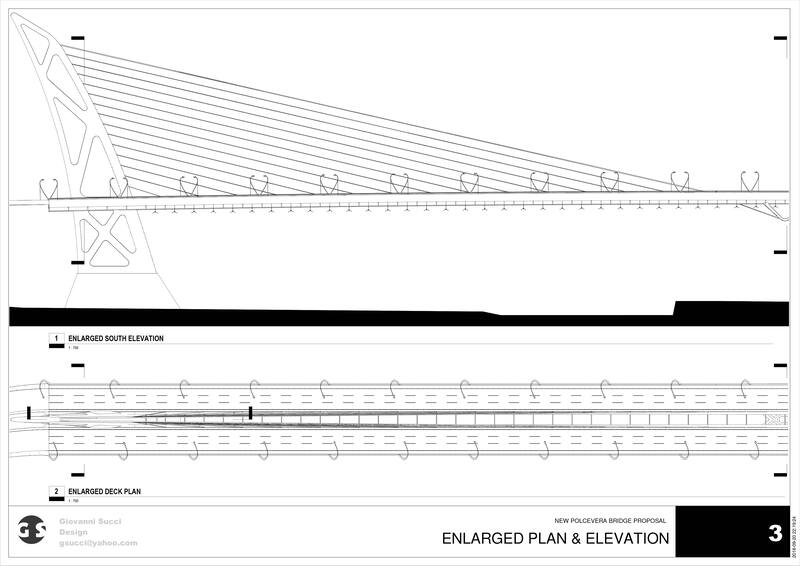
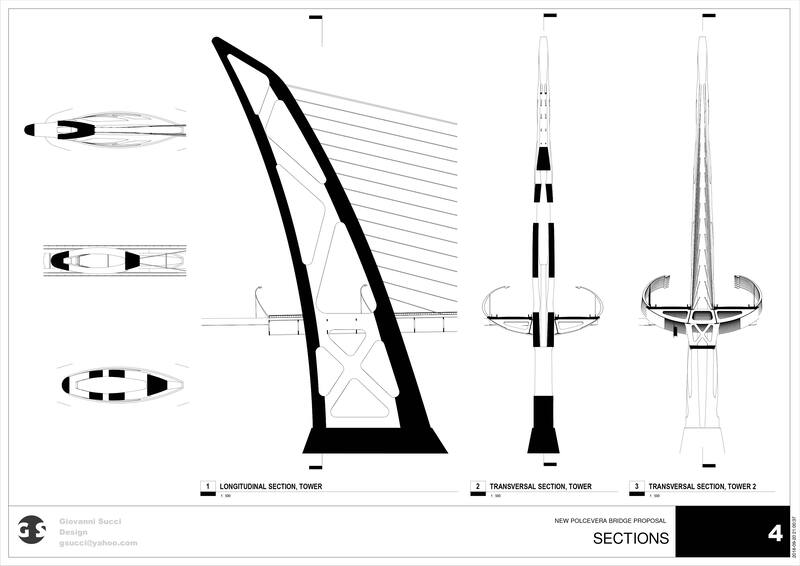
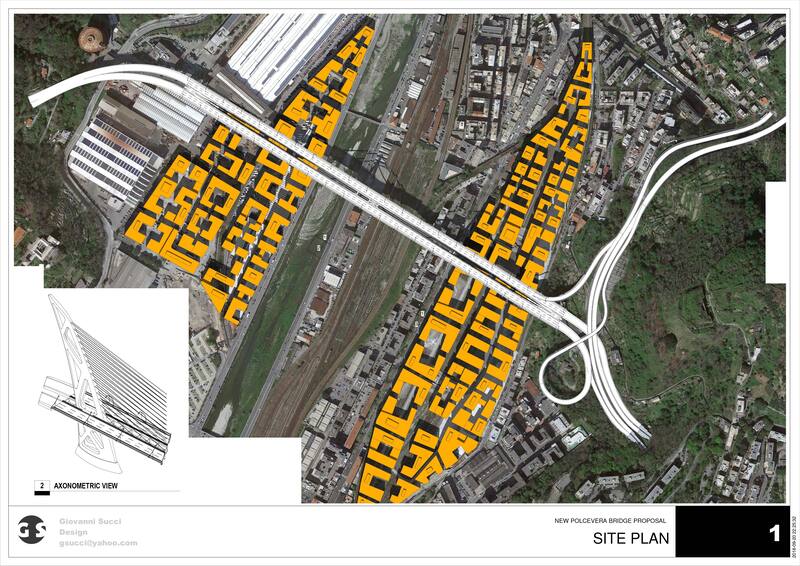
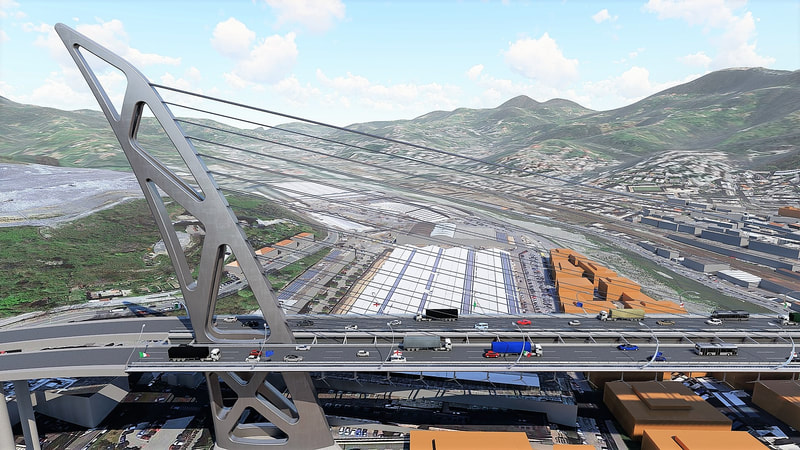
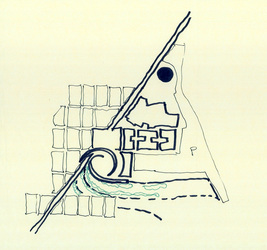
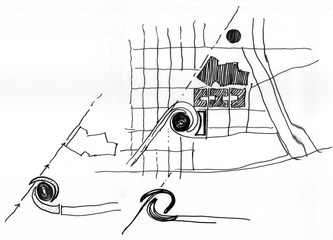
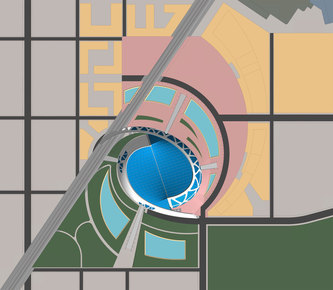
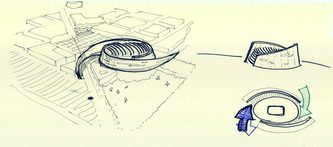
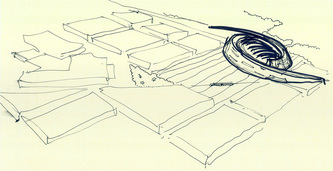
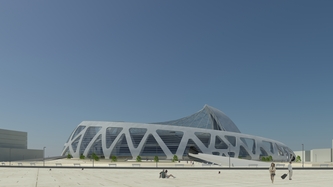
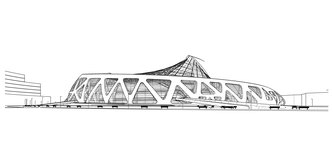
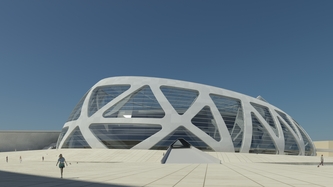
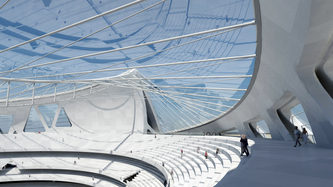
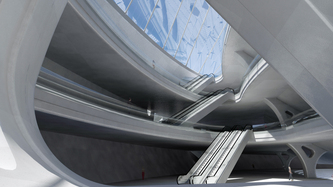
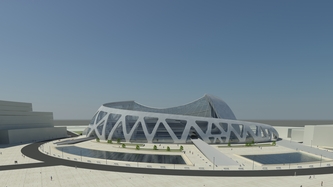
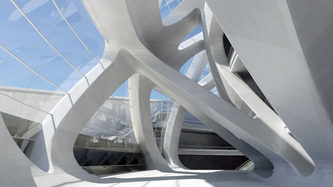
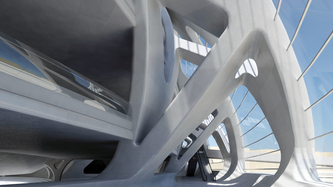
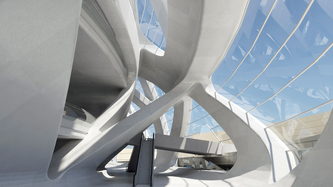
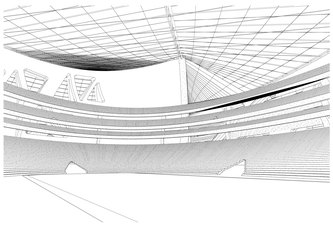
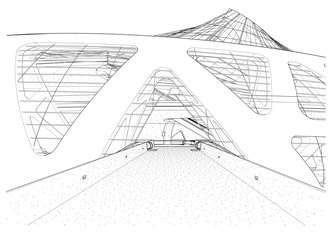
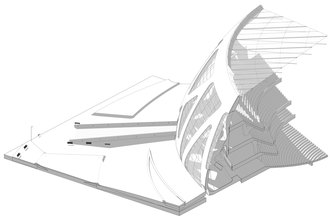
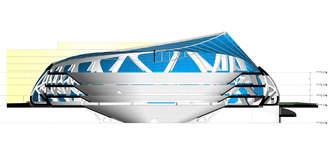
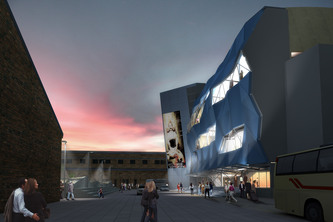
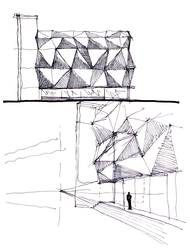
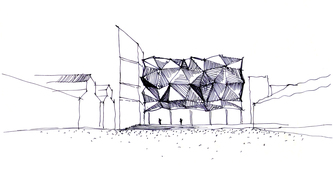
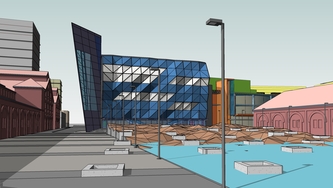
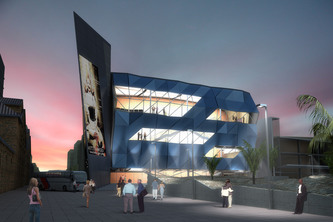
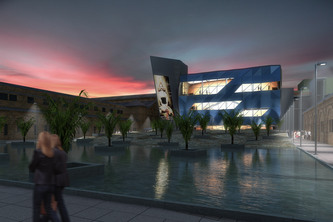
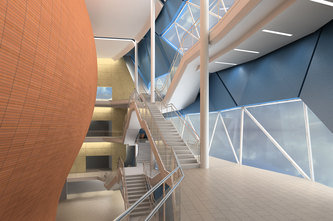
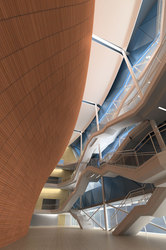
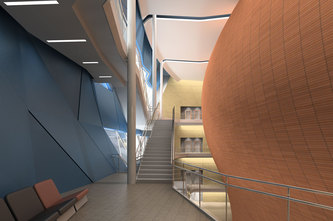
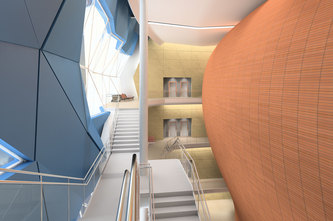
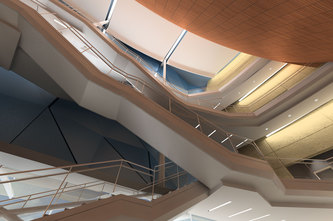
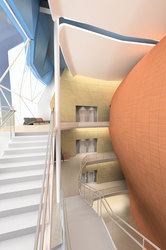
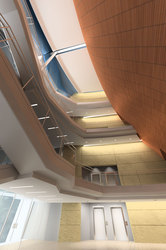
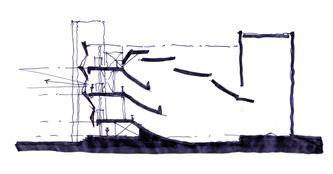
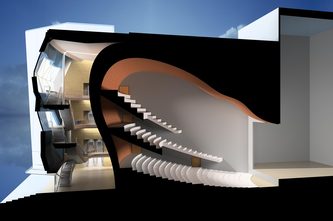
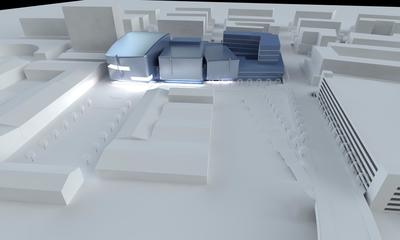
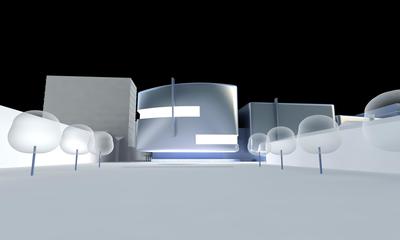
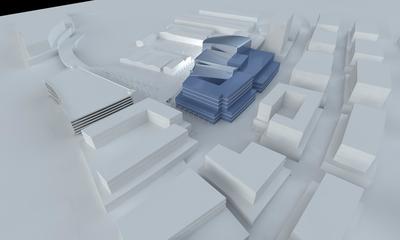
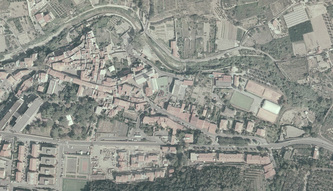

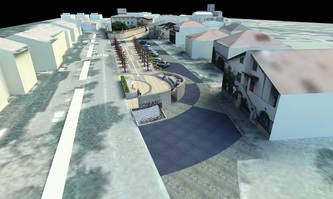
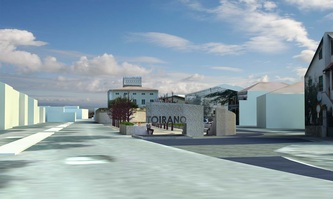
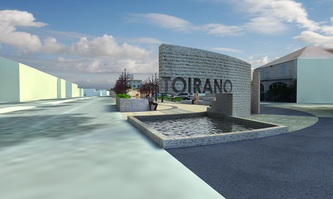
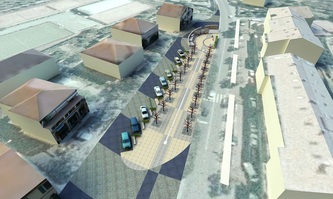
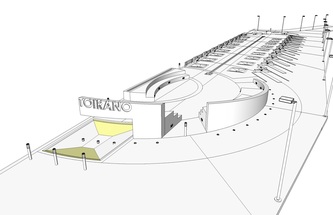

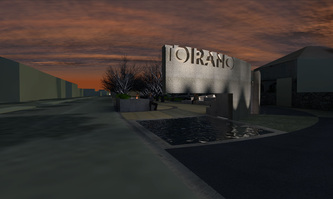
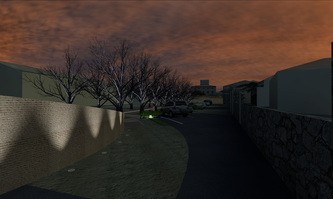
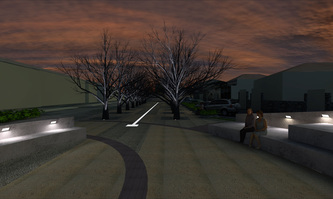
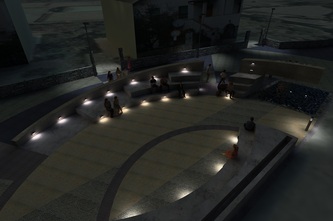
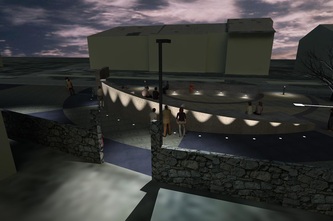
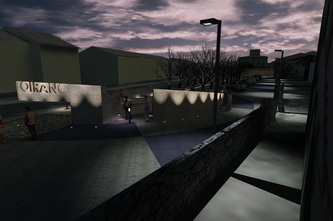
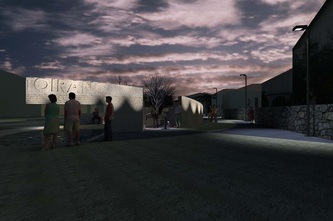
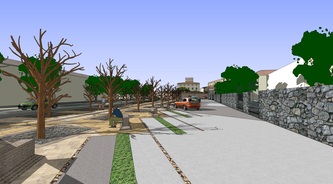
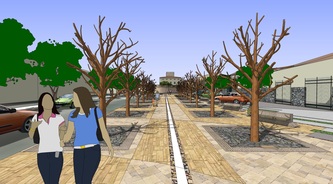
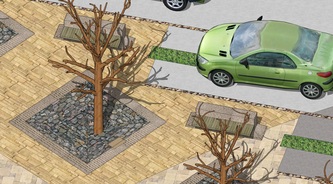
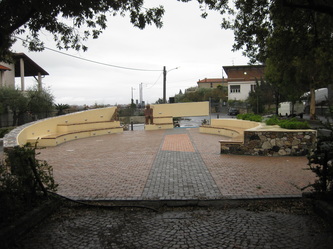
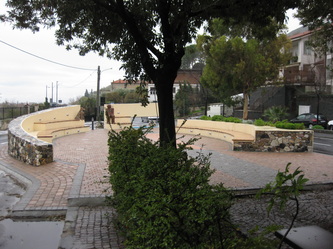
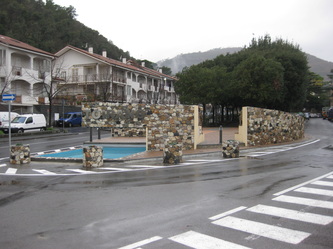
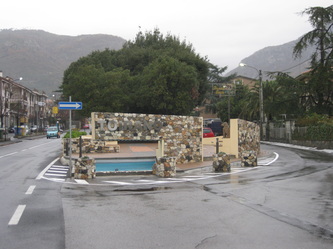


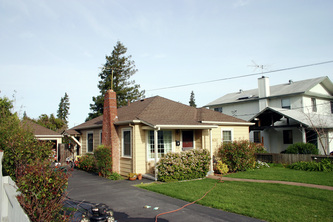
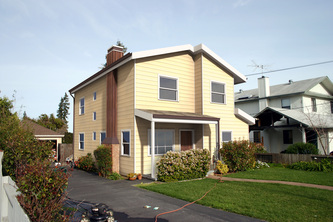
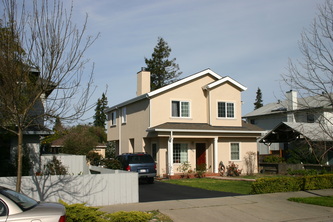
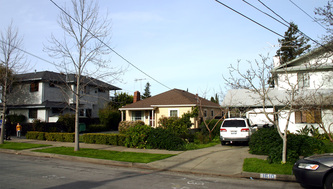
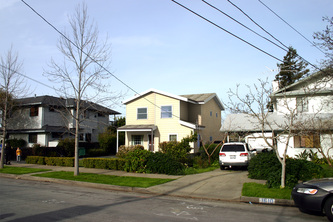
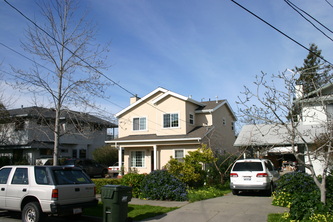
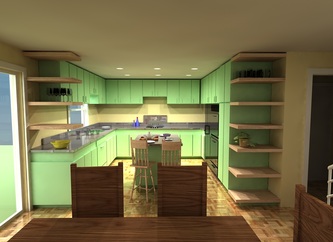
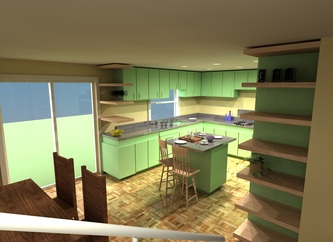
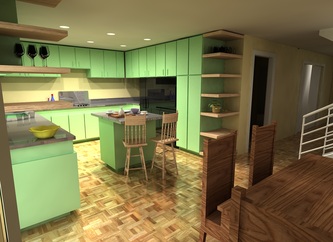
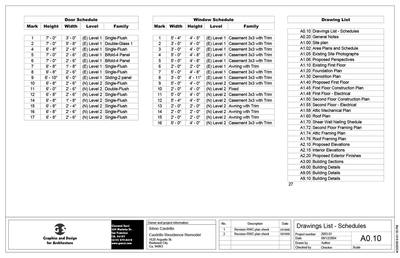
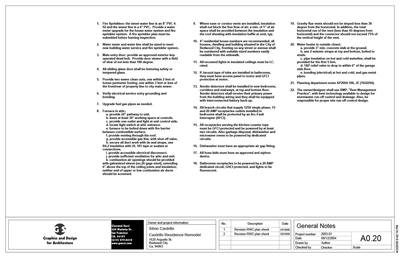
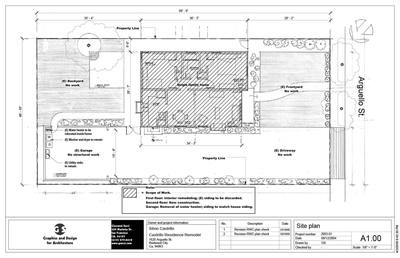
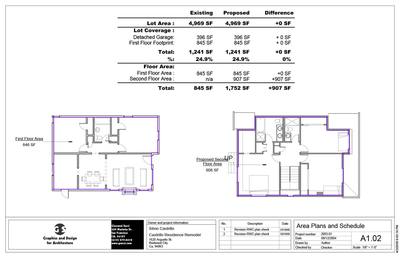
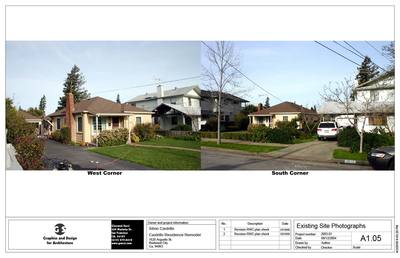
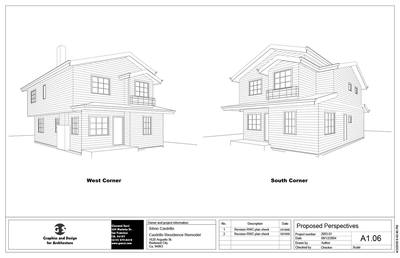
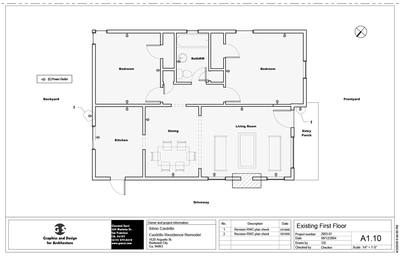
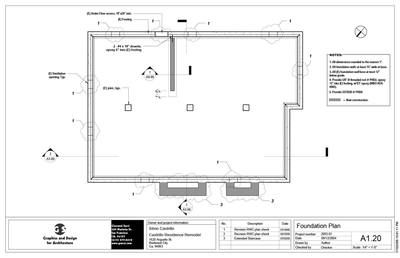
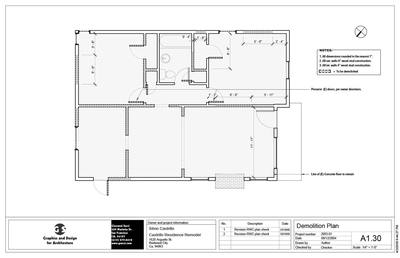
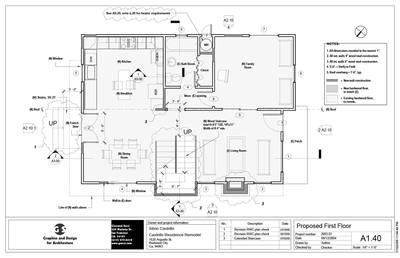
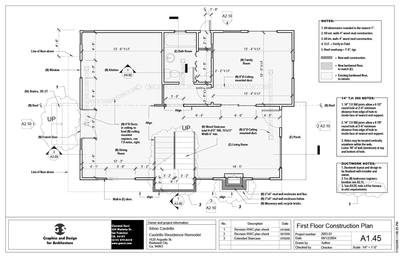
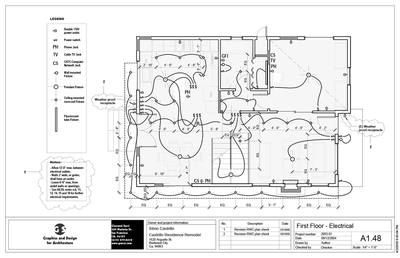
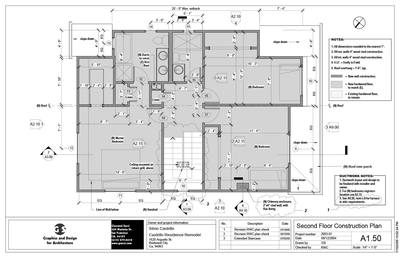
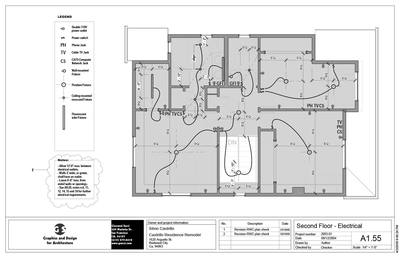
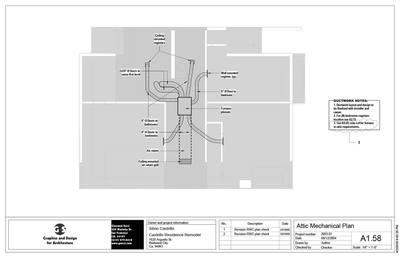
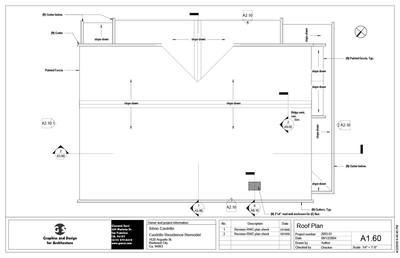
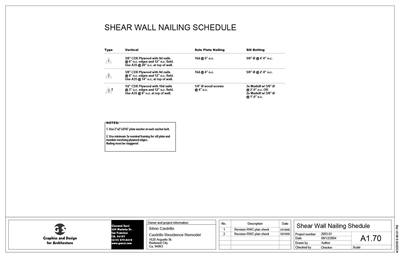
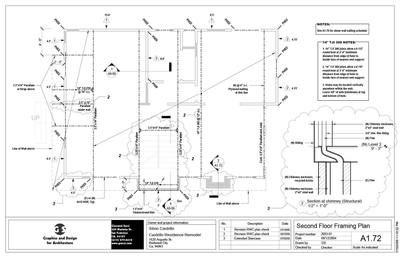
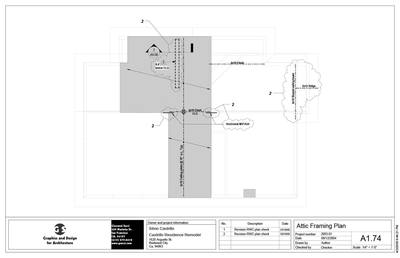
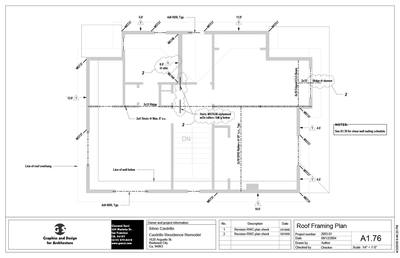
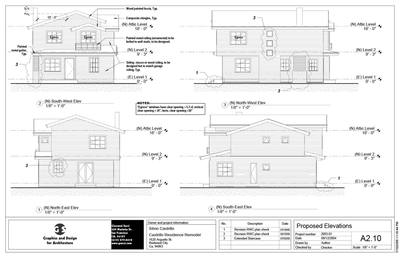
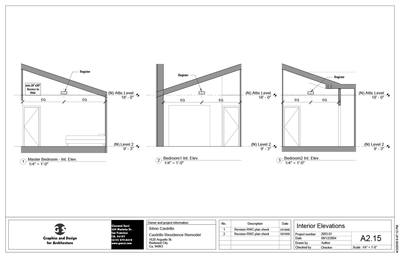
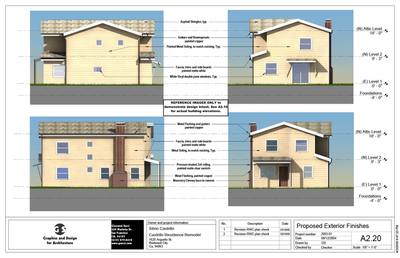
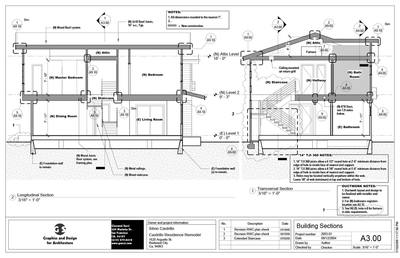
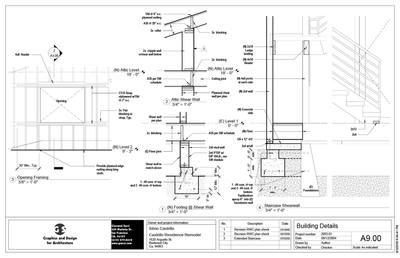
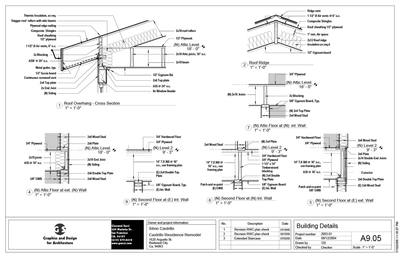
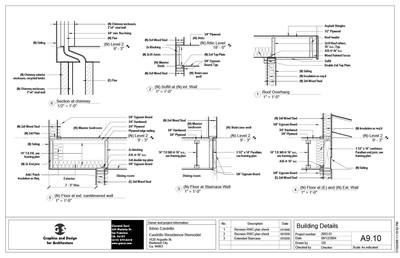
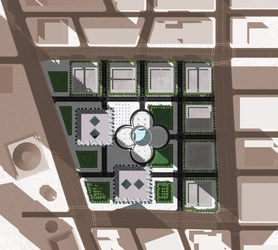
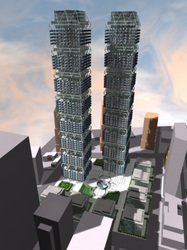
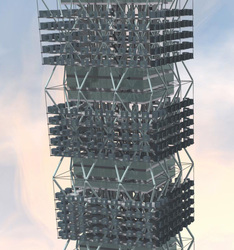

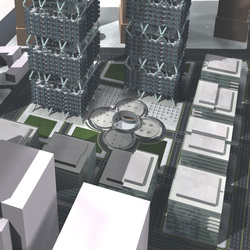
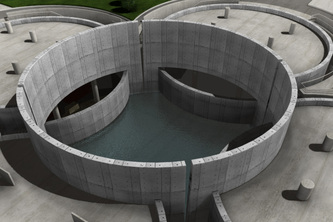
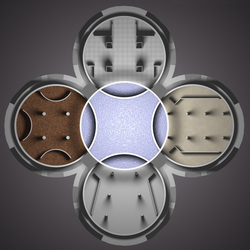
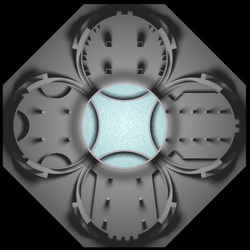
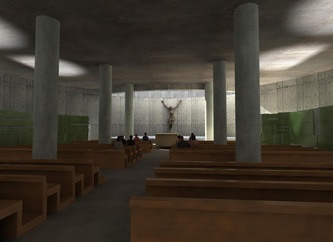
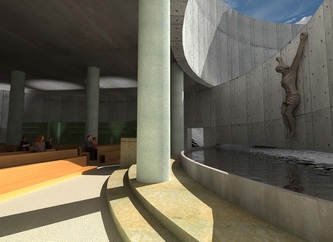


 RSS Feed
RSS Feed